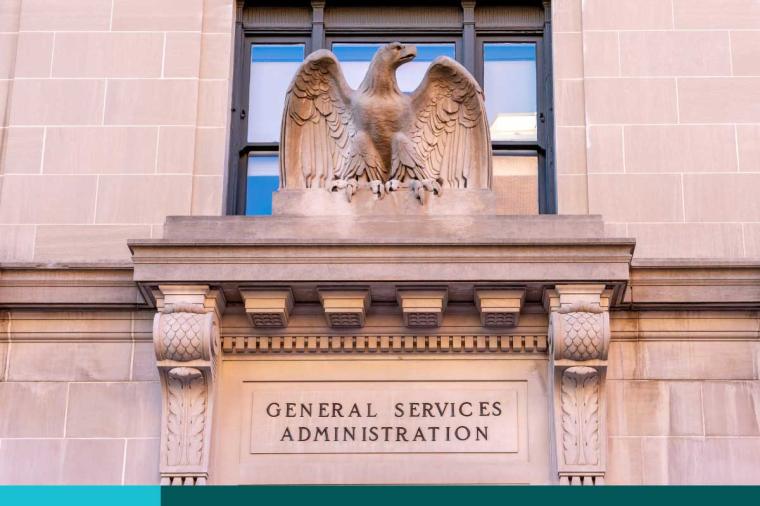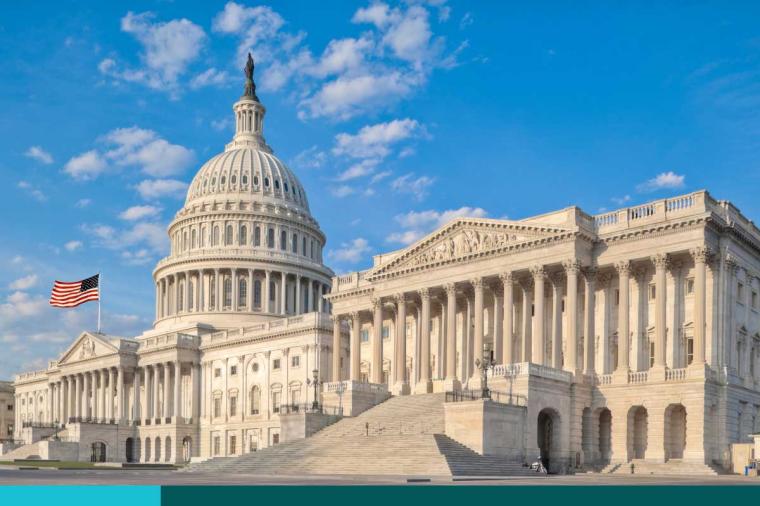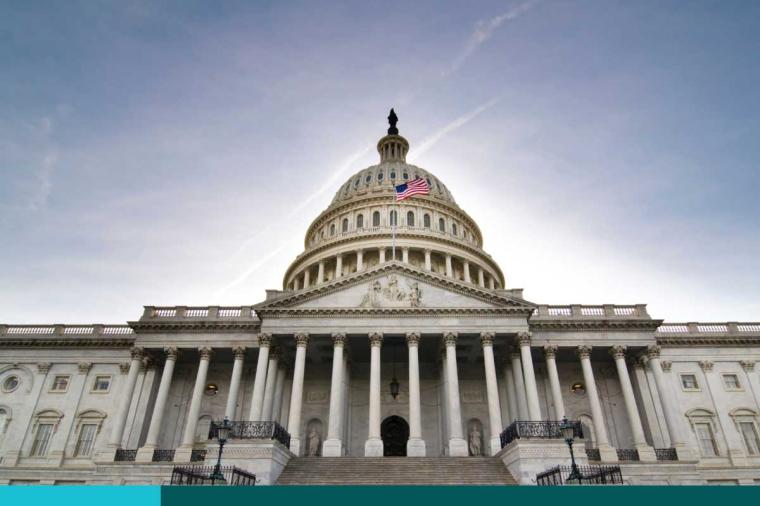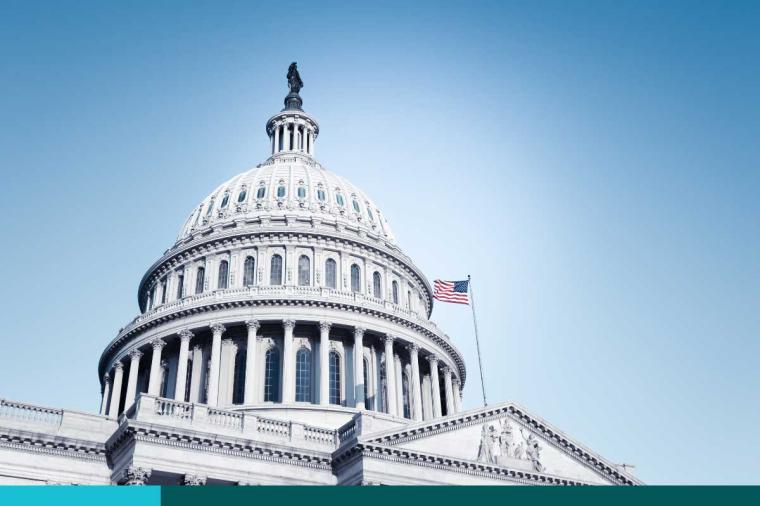Home Stretch: Tips for Navigating the Last Week of the Federal Fiscal-Year End

We’re in the month of September, the busiest time of the year for those selling to the Federal government. When the dust has settled on Q4 of this federal fiscal year, our customers will have spent roughly $30 billion in “fall out money” on IT. That’s a term for funding agencies and offices will lose if they don’t allocate it by September 30. If an office, agency, or department leaves appropriated funds on the table, they’ll have a hard time justifying why they need the same or higher funding levels the following year, hence the year-end rush. This is why September represents essentially two months of IT spending in one. As we approach the end of the month, you’ll see procurement activity increase even more. In fact, roughly half of September spending on IT occurs in the last week of the month. Needless to say, everyone from sales to operations to marketing will be working 24/7 to close deals and secure new business. Here are some ways to best position yourself and your company for success in the last week of September.
- Obviously, it helps to first know who the big spenders are in September to best optimize your resources and attention. Here’s the list of departments and bureaus projected to have the highest spending levels in the last week of September:
- ARMY (primarily ASALT, AMC, AFC, ARCYBER)
- DEFENSE (primarily DISA, MDA, SOCOM, DHA)
- Air Force (primarily AFMC, Space Force, ACC)
- NAVY (primarily NAVSEA, NIWC, NAVAIR, USMC)
- DHS (primarily CBP, Management Directorate, USCIS, CISA)
- HHS (primarily CMS, NIH, FDA)
- VETERANS AFFAIRS (primarily OALC, VHA)
- SSA (SSA HQ)
- STATE (primarily IRM, Code CA, Code DS)
- JUSTICE (primarily FBI, DEA)
- Understand what specific requirements haven’t been met – every agency has a list of unfunded requirements. Determine how these problem areas fit your product or service offering.
- Identify your customer’s preferred acquisition methods. Based on past transactional data SEWP V was the top vehicle used during this time period with GSA coming in second and the Alliant vehicles following behind. That’s not surprising since the most important considerations for the contract shops is speed and flexibility. That’s what you typically get with multiple award contracts for task-order-level competitions and that makes these preferred vehicles as end-of-the-year deadlines approach. The burden is of course on industry to have contracts, pricing, licensing, certification, teaming and legal agreements in place for maximum return.
- Communicate, communicate, communicate and check your work. The heavy churn can lead to slip-ups which can be costly. Make sure everyone is firing on all cylinders, and that includes your partner in the channel. You’ll want to avoid any pitfalls that could lead to a missed opportunity in the last week of the fiscal year.
- Concentrate the most on potential deals already in your pipeline, especially in offices where you already have a substantial footprint. Lean on those relationships with the customer to find out where the deal is in its acquisition cycle and to ensure that the requirements driving that deal are firm. You’ll also need to determine whether a specific deal is one that must be completed by the end of September.
This time is also when we should be preparing for the next fiscal year. Here are three considerations:
- The federal government will start FY22 under a continuing resolution (CR), which means funding levels and requirements will remain unchanged until a budget is passed by Congress and signed by the President. That changes how you should approach your customer and the opportunities that exist.
- Monitor the appropriations process and start positioning yourself to address the new requirements that will come when the FY22 budget is eventually passed (likely by the end of the calendar year). Most of the IT related details in the President’s draft FY22 budget will likely stay intact.
- Finally, believe it or not, it’s time to start thinking about FY23. That’s because program managers are already crafting and refining their wish list for the next fiscal year. Now’s the time to have those early conversations which shape requirements, and that’s where DLT can help.

















































